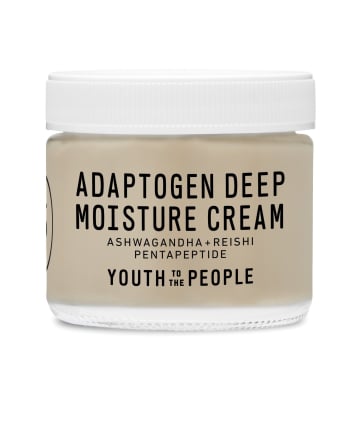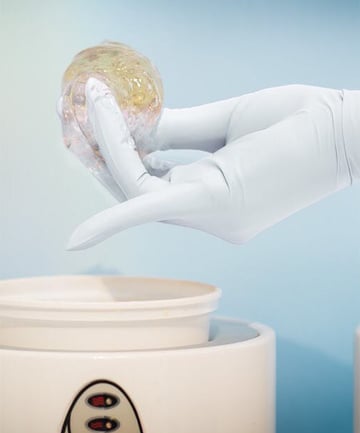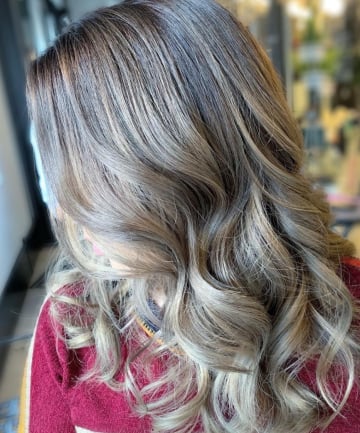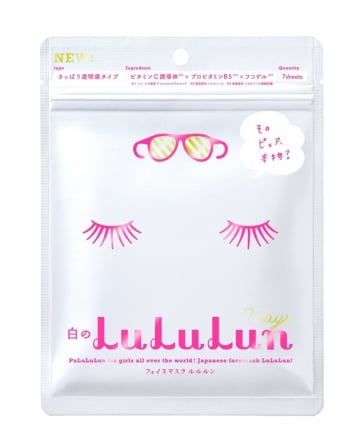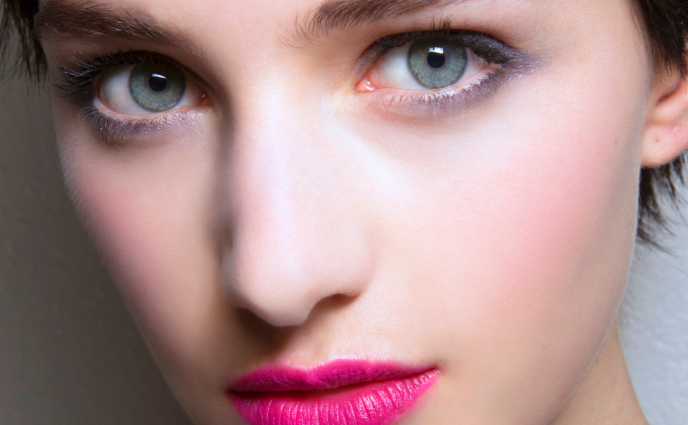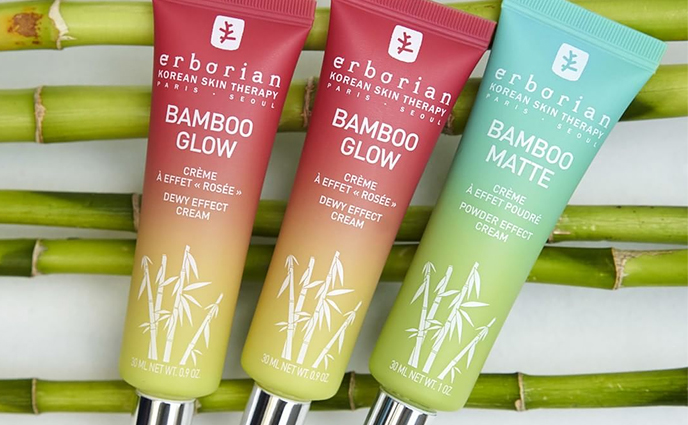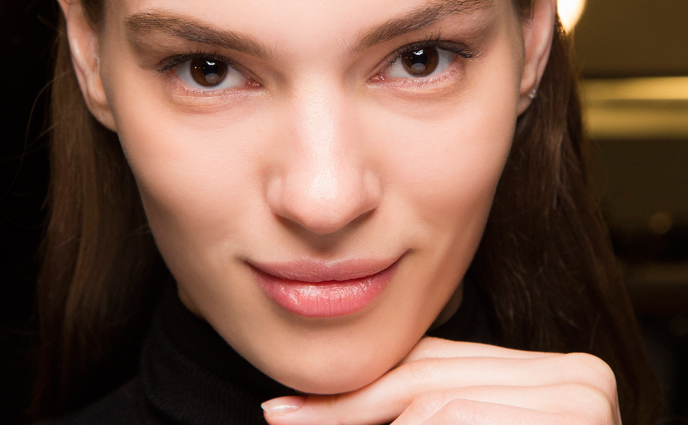There are a few things you need to know about adaptogens. First, that they've been around for quite a while but are regaining momentum thanks to the natural/organic skin care movement. Second, the term "adaptogen" is pretty self-explanatory. It essentially refers to a natural herb or mushroom — such as reiki, ginseng or ashwagandha — that helps the skin adapt to stressors in the environment. Think of them as an additional way to treat and protect your skin from pollutants, UV rays and internal stress. Give it a try with Youth to the People's Adaptogen Deep Moisture Cream, $58.
Buy now
Buy now
Sugaring is an alternative to standard waxing and is also a result of the outcry for more natural beauty and skin care options. It's actually been around for decades but has gained notable popularity in recent months. Instead of the blue or purple, plastic-y synthetic wax, it's made from sugar, lemon and water. Sugaring is arguably less painful and less likely to cause bruising, irritation and pulling, and can be applied at room temperature so it's less likely to cause inadvertent burns, as well. You can find salons all around the country offering sugaring services and some, like Sugared + Bronzed, even specialize in it.
Image via @sugaredandbrozed
Image via @sugaredandbrozed
You're probably familiar with a handful of hair coloring terms, not limited to ombre, foiling and balayage. One of the latest trends is one that we expect to gain quite a bit of momentum moving forward, especially considering how popular the "no-makeup makeup" look is right now. Strandlighting refers to highlighting very, very tiny — almost undetectable — strands of hair so that it blends seamlessly into the rest of your color. The goal is to walk out of the salon looking fresh but not obviously dyed.
Image via @brittbehindthechair
Image via @brittbehindthechair
K-Beauty has glistened under the skin care industry's loving beam for a good half decade, but it's officially starting to share more shelf space with Japanese, or "J" Beauty, products. We're seeing a rise in popularity of staple brands, such as Shiseido and Tatcha, but we're also starting to see the introduction of new brands, including Katess and Lu Lu Lun. We're not saying that K-Beauty is going anywhere. In fact, it's definitely here to stay. We're just saying that other countries are starting to make a name for themselves, and J-Beauty is leading the pack right now.


